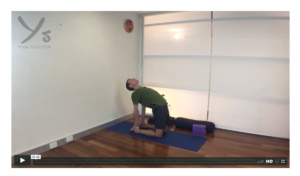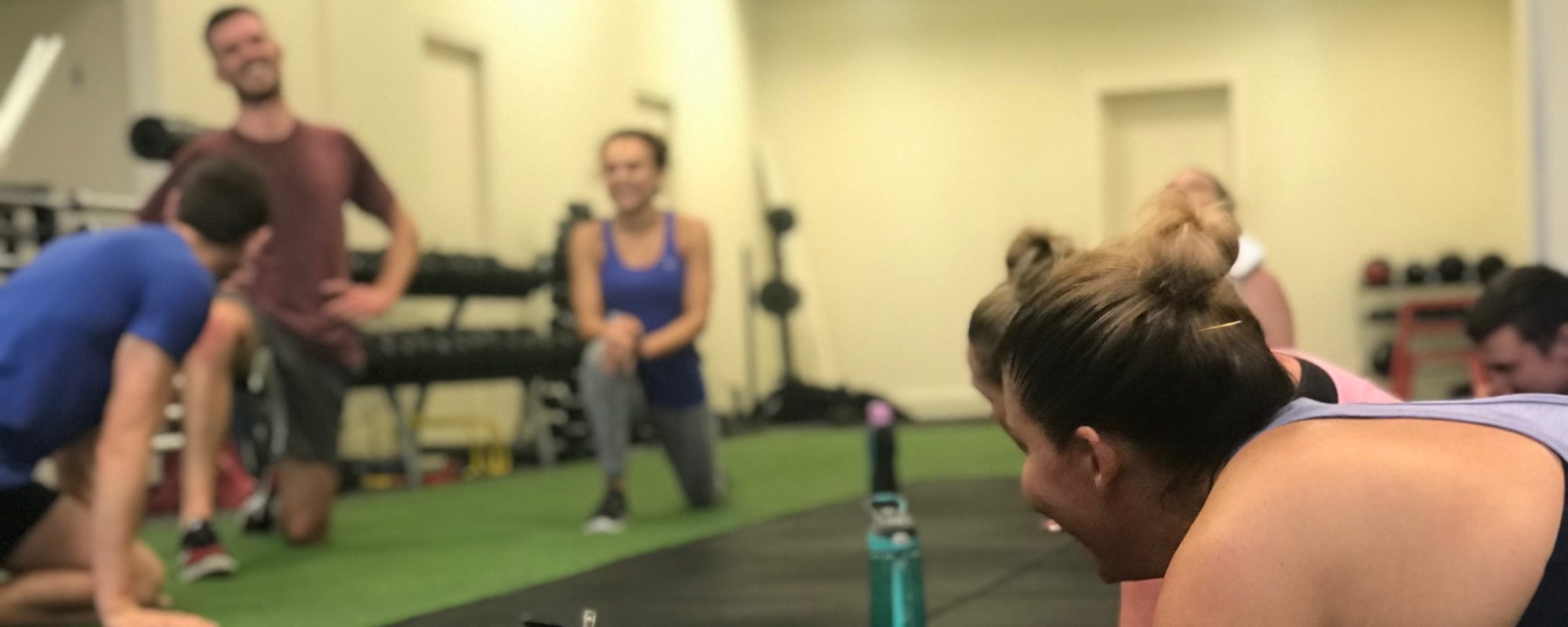If you can start to do a little yoga at home, even if its just a couple of times per week, you will start to feel the benefits of a regular practice on your overall quality of life. Your mobility will get better as will your ability to concentrate and also to relax. Below are some resources and materials I think are a great investment into your daily health routine. (Being an Iyengar yogi, my book suggestions are of course from BKS Iyengar.)
BOOKS:
IYENGAR YOGA
YOGA The Path to Holistic Health: BKS Iyengar
 This large hardback book has 360 degree images of the main poses and lots of cues for alignment. At the back of the book there are sequences for different ailments and problem areas like shoulders, hips and lower back, sequences for things like menstruation, depression and insomnia and these sequences are presented in picture form making it very easy to follow along. There is also a suggested 5 month yoga beginners course with weekly practices and a chapter on yoga philosophy. Overall this is a really great book for home practice with plenty of pictures and easy to follow sequences.
This large hardback book has 360 degree images of the main poses and lots of cues for alignment. At the back of the book there are sequences for different ailments and problem areas like shoulders, hips and lower back, sequences for things like menstruation, depression and insomnia and these sequences are presented in picture form making it very easy to follow along. There is also a suggested 5 month yoga beginners course with weekly practices and a chapter on yoga philosophy. Overall this is a really great book for home practice with plenty of pictures and easy to follow sequences.
This is a smaller book if you go for the paperback version and therefore easier to take away from home with you. This book contains a lot of postures! All show black and white photographs of Mr Iyengar in the various stages of the poses. This is the ‘bible’ of yoga (especially for an Iyengar yoga practitioner) but offers every yogi a thorough look at all of the poses including many poses not presented in shorter texts by Iyengar or other teachers. There are clear instructions for each pose progressing through the levels of difficulty, plus benefits and contraindications for practicing the pose. At the beginning is a great introduction to yoga, philosophy and Patanjali’s eight limbs of yoga, there are general guidelines for practice including diet and timing of eating and drinking around practice and after the asana section there is a short section on pranayama. This includes instructions for breathing techniques such as ujjayi, bhamari and nadi shodhana. This book also has sequences for various ailments in written form and includes a 300 week course! The sequences aren’t as easy to follow as they require you to know what the poses are or look them up in the book. This really is an essential reference for any yoga practitioner.
PROPS:
A yoga mat believe it or not is not essential! But it is definitely useful! Other than that, a block, a belt and a blanket are a great start. You can use cushions and blankets that you already have at home and be creative in supporting yourself as you need to. I use all of my props regularly and still find myself with one leg on the kitchen table, or wedged between the door and the wall, rolling up jumpers and socks or using towels for extra padding or reach when I need it. I do think a watch or small bedside clock is a great tool to have with you for practice so that you can give yourself certain times in each pose. Some days I may just time my headstand and shoulderstand, other days I try to stick to around 30 seconds in each pose in the sequence. Its just another way of setting realistic goals and when beginning any routine we need all the help we can get. Pictured – BKS Iyengar with his stopwatch.

SPACE
My yoga space is just inside our front door in our living room… (not pictured here) – it is not a big space! And if my practice ends up being later in the day, often my husband is cooking and talking to me and no doubt the cat is circling or sitting on my mat for attention. The phone may ring or the doorbell may go but that is life. Which brings me to time.
TIME:
Practicing first thing in the morning works on a number of levels. Firstly the world is quiet. I find that as the day gets on there is more and more buzz outside the house. Its like this hum of busyness – cars rushing by and kids walking to school chatting away… And all of that busyness reminds you of your own busyness and all the things you have to do during your day. Not conducive to quality practice. Secondly it is best to practice on an empty stomach and when the day begins it can be hard to time that right. Being a yoga teacher I have the middle of the day off which means lunch. I then have to wait a couple of hours before I can practice and before you know it its time to teach evening sessions. I do have a cup of tea or coffee first thing in the morning, but then its the perfect time to practice yoga.
WHAT TO PRACTICE:
This is where the reference books work wonderfully. I cycle between standing postures, backward bends, forward bends, restorative and miscellaneous practices. Miscellaneous practice is a good opportunity to work on the poses that you never seem to get around to or that seem like they might be too hard or advanced. An opportunity for a new challenge and to work on areas of weakness or tightness. If you are unsure of what to practice, ask your teacher for guidance. A private yoga session can be a great way to get a personalised sequence so that you can start practicing at home with some confidence that you are doing the right thing! Even starting with just a handful of poses can be beneficial, so just get going!
Update: I am in the process of creating a home practice guide that will be available for purchase from the Green Body store in Cardiff. You can already pick up a block, bolster, belt and a copy of Light on Yoga – plenty to get you going. If you are the kind of person who prefers a bit more guidance or would like an in-between option, a friend and very experienced Iyengar yoga teacher Rod Stennard has started a website especially for Iyengar yoga practitioners with a library of videos of different sequences with new videos going up every week. He is truly an excellent and thorough teacher and I have been using his videos for inspiration for my home practice. You can have a look at his website here:
www.yogaselection.com (and its only $12 per month!)

Kelly Moriarty



